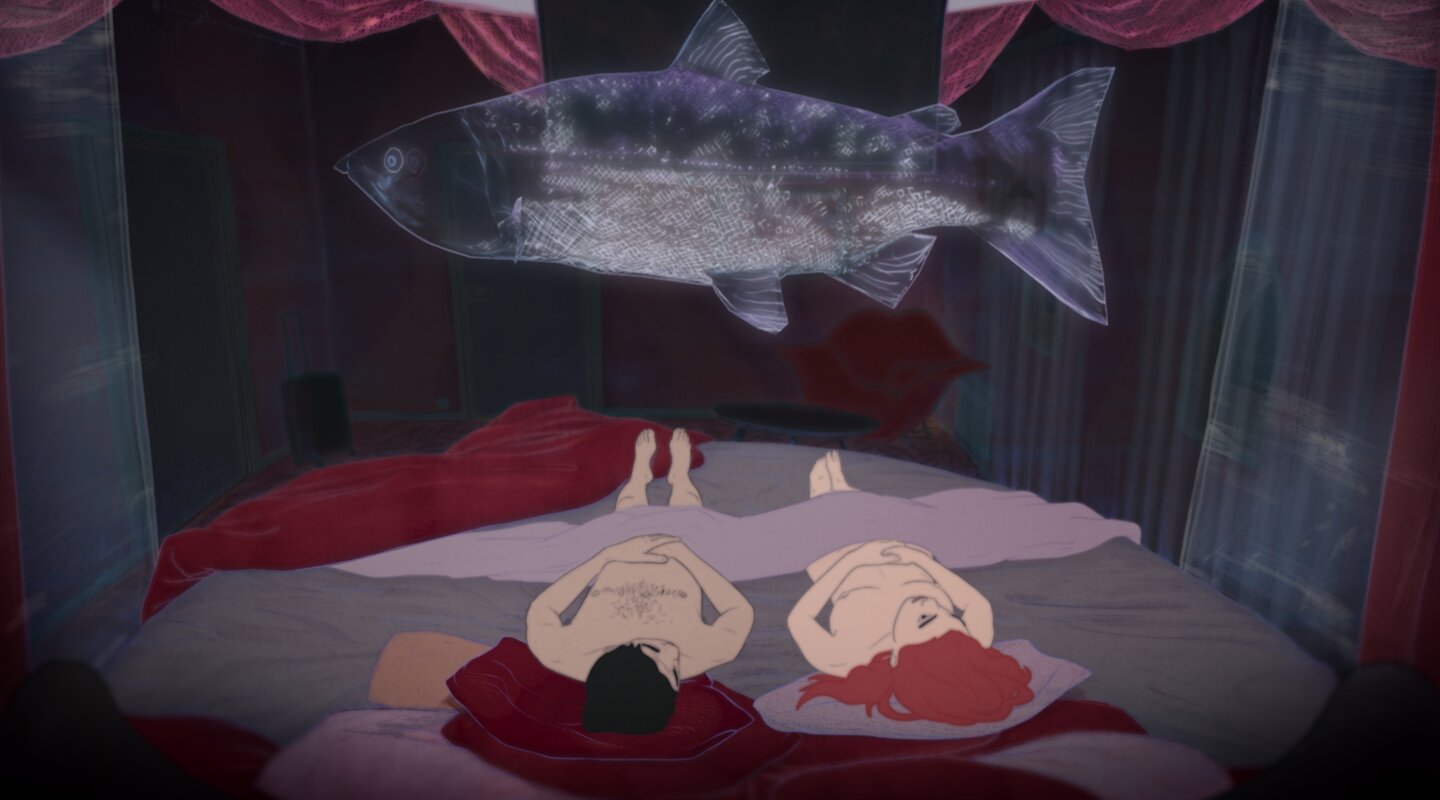Latest feature Films
Making-of: Blind Willow, Sleeping Woman
Info
Duration
75'
Appointments & Tickets
Additional Information
In the presence of: Pierre Földes
Curated and moderated by: Erik van Drunen
Language: English
